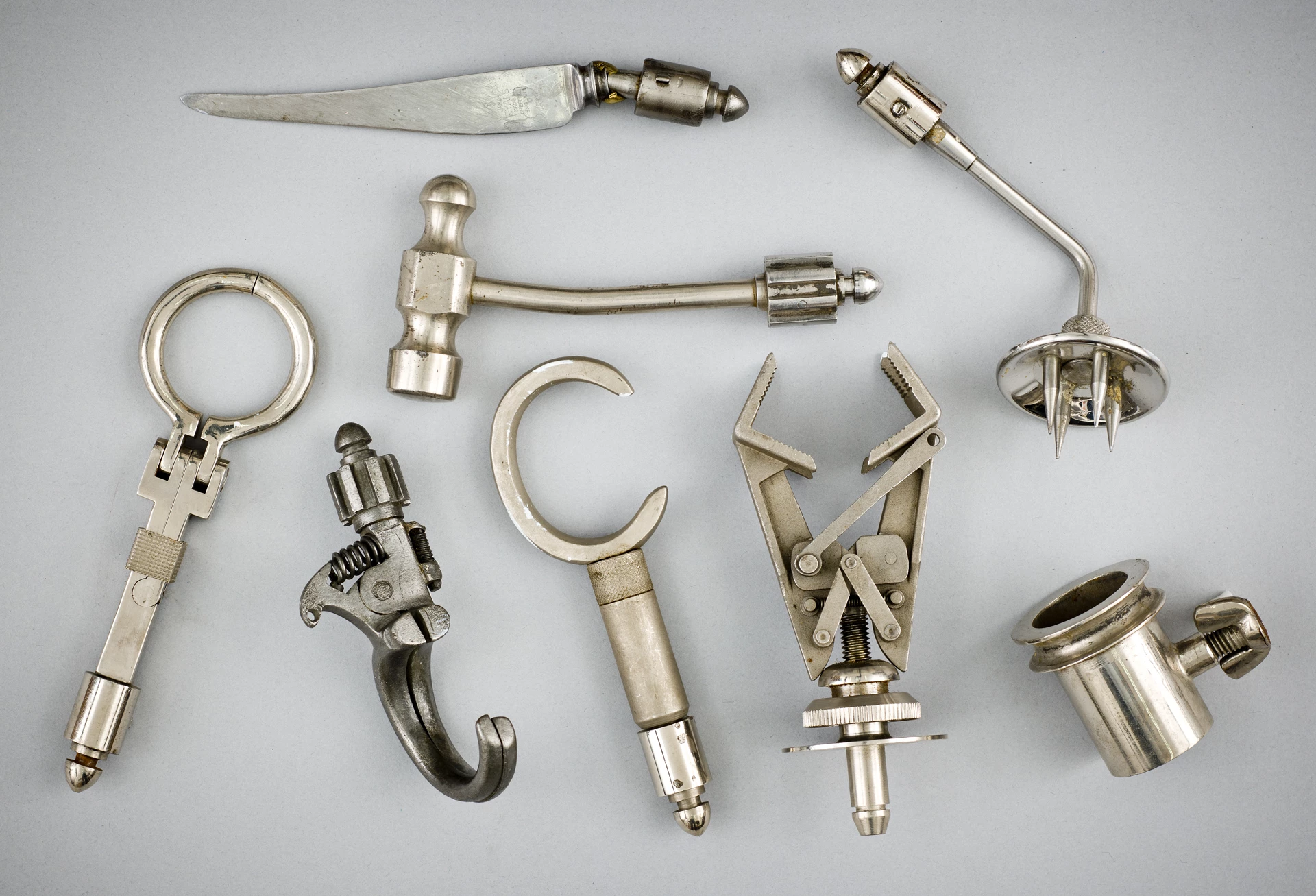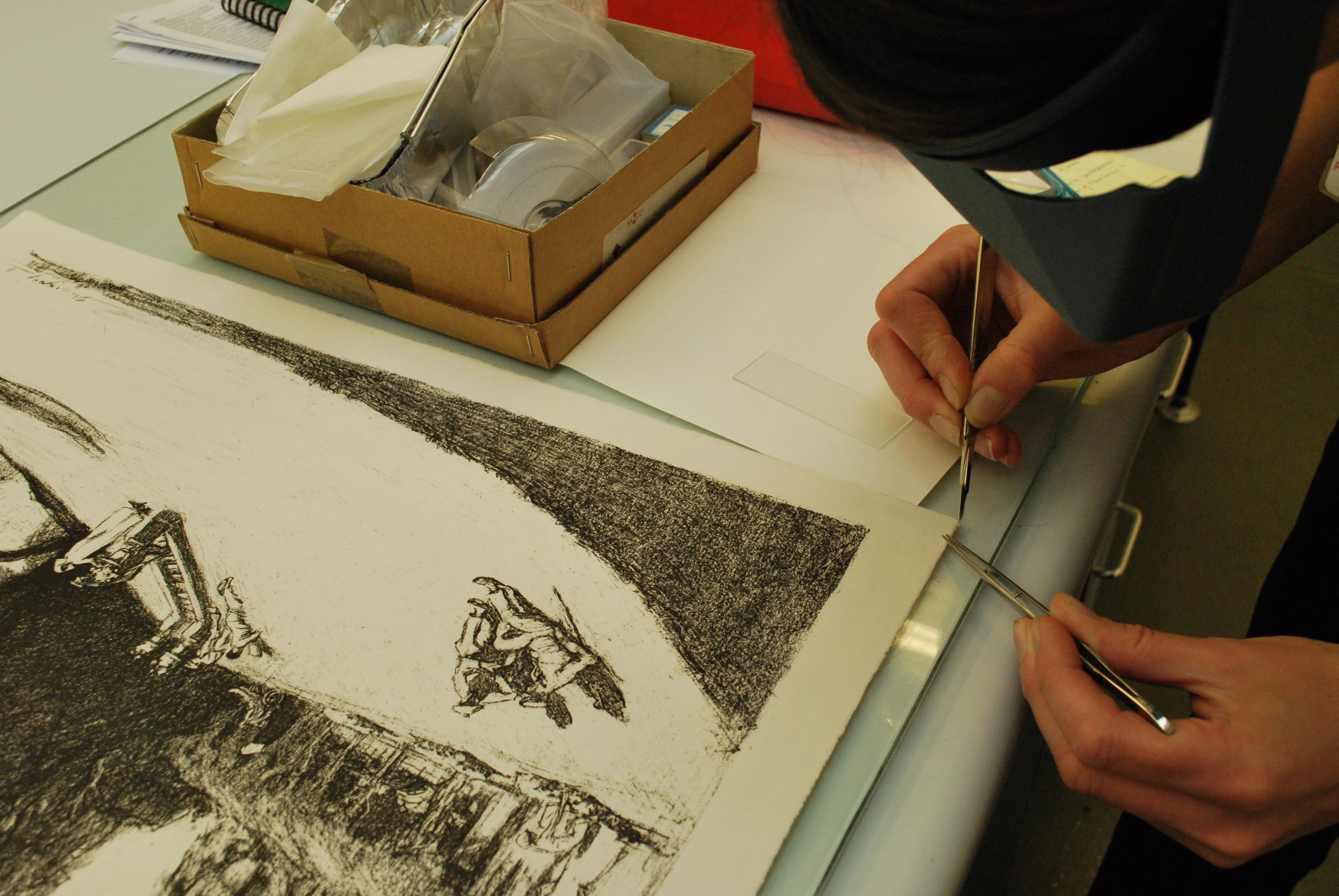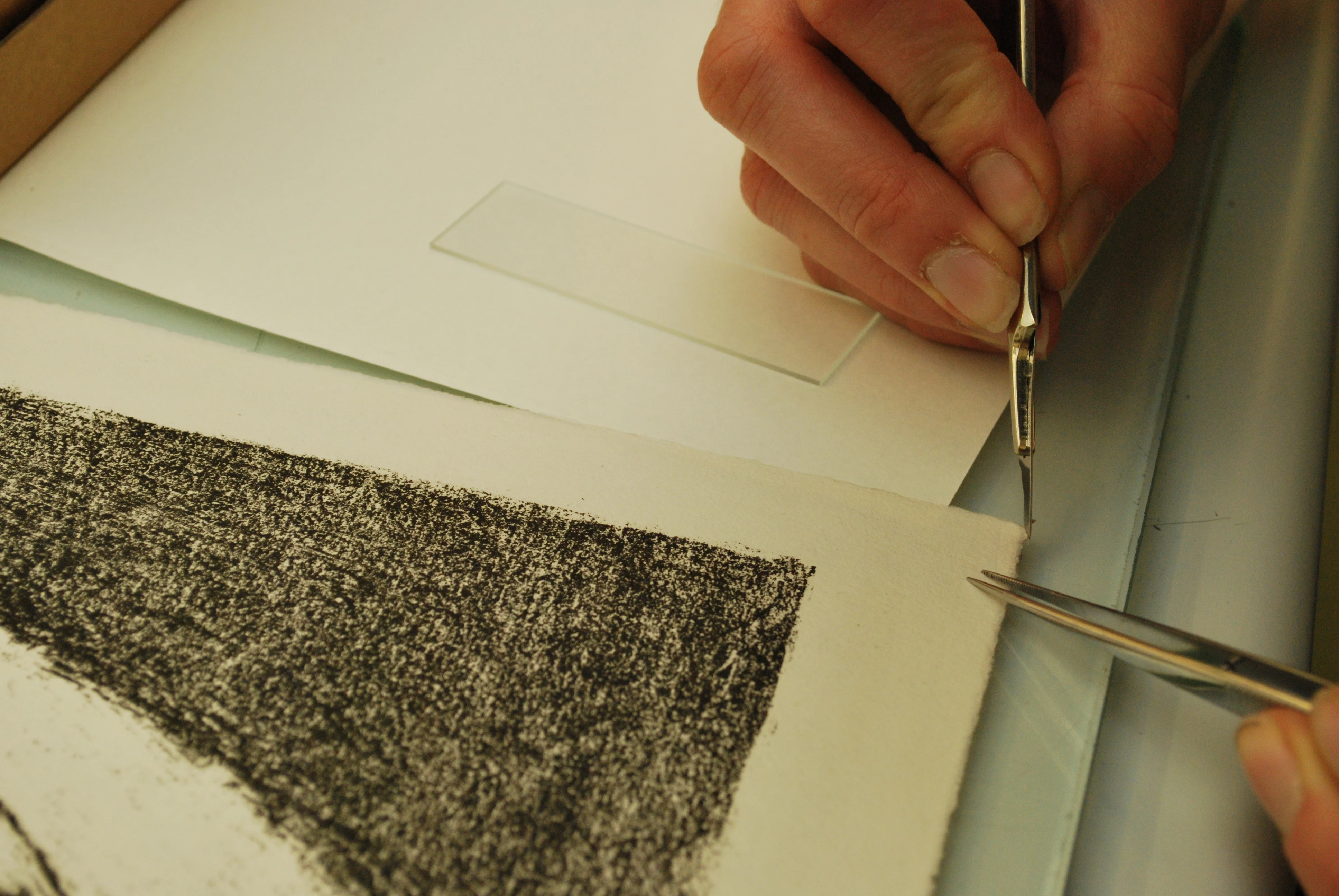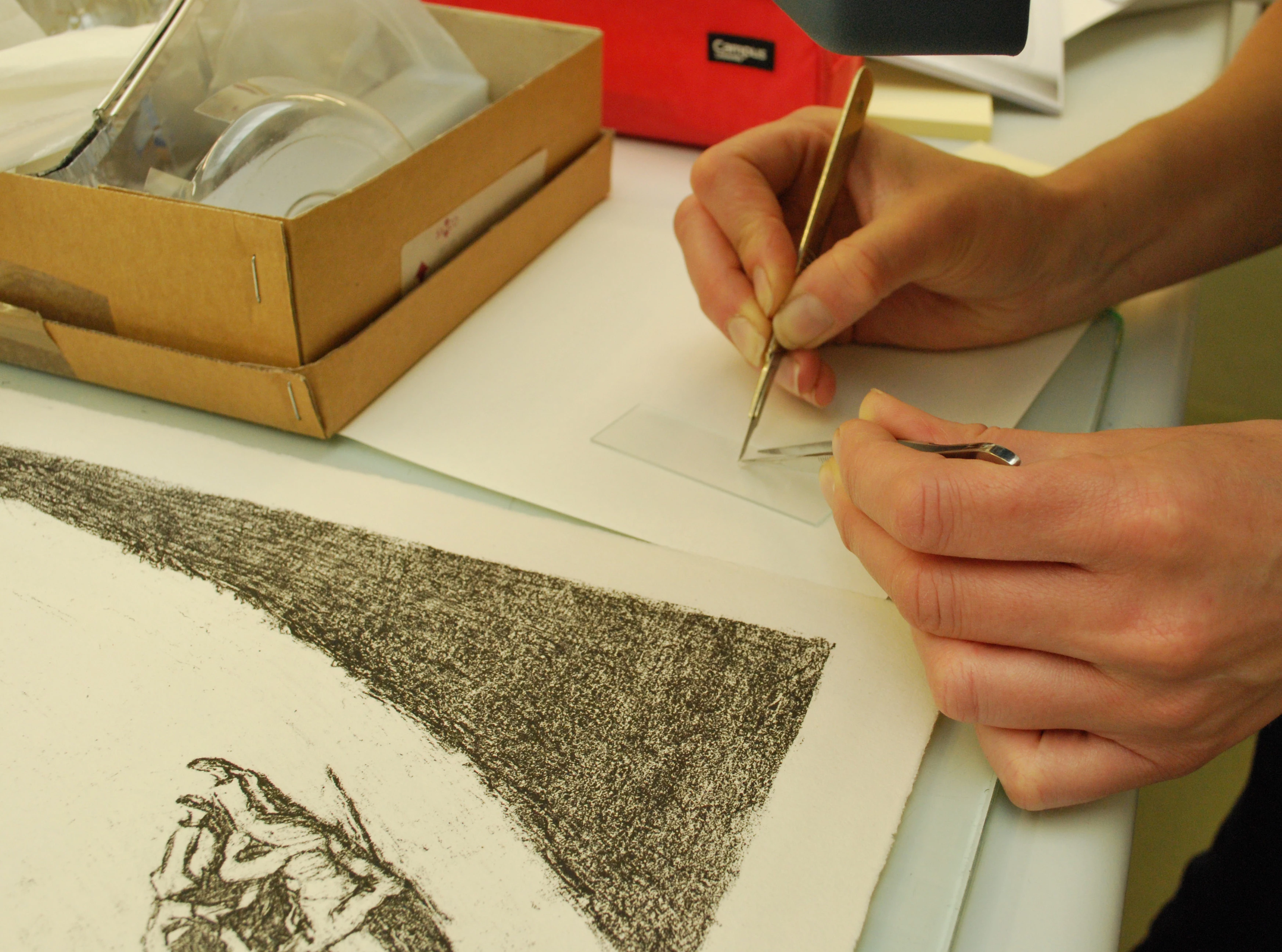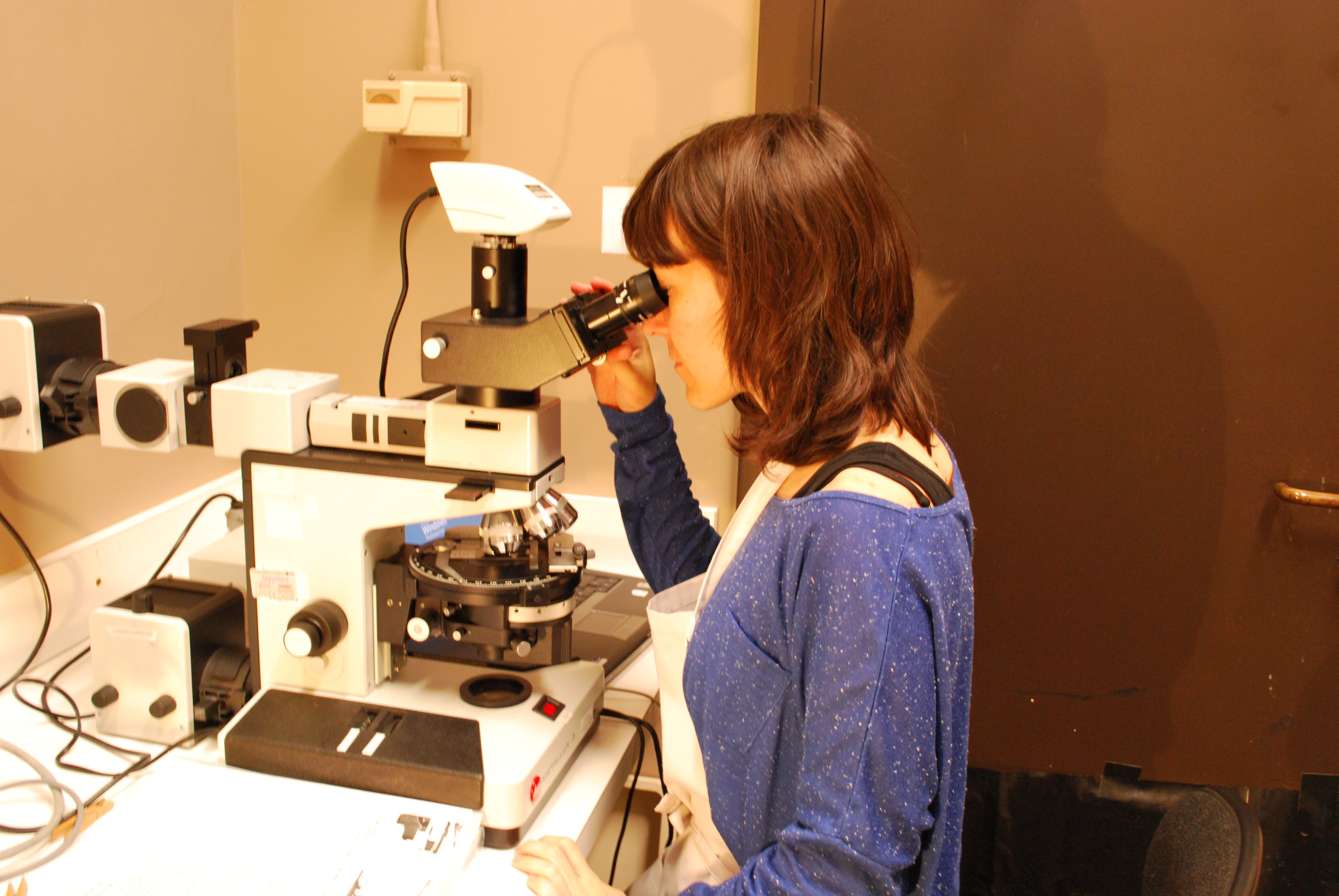@DyddiadurKate - pwy 'di pwy?
, 13 January 2015
Diolch yn fawr i’r 166 ohonoch sy’n dilyn @DyddiadurKate. Mae’r ymateb wedi bod yn gret hyd yn hyn, er gwaetha’r faith mai dechre reit undonog sydd i’r dyddiadur – un cyfarfod gweddi ar ôl y llall! Diolch arbennig i un dilynwr sydd wedi cysylltu i ddweud ei fod yn perthyn i Kate Rowlands. Fel ddedodd @erddin, dim bob dydd mae rhywun yn croesawu ei hen nain i fyd y trydar.
Hanes llafar
’Da ni’n edrych ’mlaen i glywed mwy am hanes Kate gan aelodau’r teulu cyn bo hir. Ond yn y cyfamser, mae’n hen bryd i ni rannu mwy o fanylion amdani, a rhai o’r enwau sy’n cael eu crybwyll yn y dyddiadur. Yn ffodus iawn, yma yn Sain Ffagan mae gennym dapiau sain o Kate Rowlands yn trafod arferion ei milltir sgwar – coginio, golchi dillad ac ati. Nôl yn 1969, aeth Lynn Davies o'r Amgueddfa i'w chyfweld er mwyn cofnodi tafodiaith ei hardal. Yna, yn 1970 aeth Minwel Tibbott i’w recordio fel rhan o’i gwaith maes arloesol ar fywyd cartref yng Nghymru. Ar ddechre’r cyfweliad cyntaf, mae Kate yn rhoi ychydig o’i chefndir teuluol, ac o fan hyn ’da ni wedi llwyddo i ddarganfod mwy am ei bywyd a phwy ’di pwy yn y dyddiadur.
Cefndir Kate
Ganed Kate yn y Brymbo, ger Wrecsam, yn 1892. Roedd ei mam (Alice Jane) yn wreiddiol o’r Hendre, Cefnddwysarn. Bu farw ei thad – gweithiwr yn y diwydiant dur – pan roedd hi’n naw mis oed. Wedi hynny, dychwelodd ei mam weddw at ei theulu yng Nghefnddwysarn. Mae’n amlwg i rieni ei mam ddylanwadu’n fawr arni. Mewn un cyfweliad mae’n dweud mai “y nhw oedd y canllawie gathon ni gychwyn arnyn nhw.”
Tair blynedd yn ddiweddarach, mae’i mam yn ailbriodi ag Ellis Roberts Ellis. Hyd y gwn i, dyma’r Ellis sy’n cael ei grybwyll yn y dyddiadur. Tua 1887, pan roedd Kate yn bum mlwydd oed, symudodd y teulu bach i ffermio i ardal Llantisilio, ger Llangollen. Dychwelodd y tri i’r Sarnau tua chwe mlynedd yn ddiweddarach – i fferm Tyhen. Dyma leoliad y dyddiadur.
Tyhen, Sarnau
A hithe’n unig blentyn, gadawodd Kate yr ysgol yn 14 mlwydd oed i helpu ei rhieni wrth eu gwaith. Mae’n debyg mai fferm fach oedd Tyhen – rhy fach i gyflogi dynion:
“Mi gollodd nhad a mam eu iechyd i radde. Buodd hynny’n groes fawr i mi gael gyrru mlaen efo addysg ynde. Rhaid i mi fod adre ynde, ’da chi’n gweld… Dipyn o bopeth, jack of all trade ynde. O’n i’n gorfod helpu llawer iawn allan ynde, efo ceffyle a rwbeth felly ynde. Twmo’r popdy mawr i grasu bara, a chorddi fel bydde amser yno ynde, ryw ddwywaith yr wsos ynde.”
Ffermydd lleol
Penyffordd, Derwgoed, yr Hendre, Fedwarian – mae enwau’r ffermydd hyn yn cael eu crybwyll gan Kate bron yn ddyddiol. ’Da ni’n gwybod mai cartref ei mam oedd yr Hendre, ond byddwn ar drywydd y ffermydd eraill cyn hir.
Cyn gorffen, cadwch lygad am enw Bob Price, neu B.P, yn y dyddiadur. Ar 11 Chwefror 1916, priododd Kate â Robert Price Rowlands yng Nghapel Cefnddwysarn. Felly roedd 1915 yn flwyddyn arwyddocaol i Kate. Roedd hi ar drothwy pennod newydd yn ei bywyd.


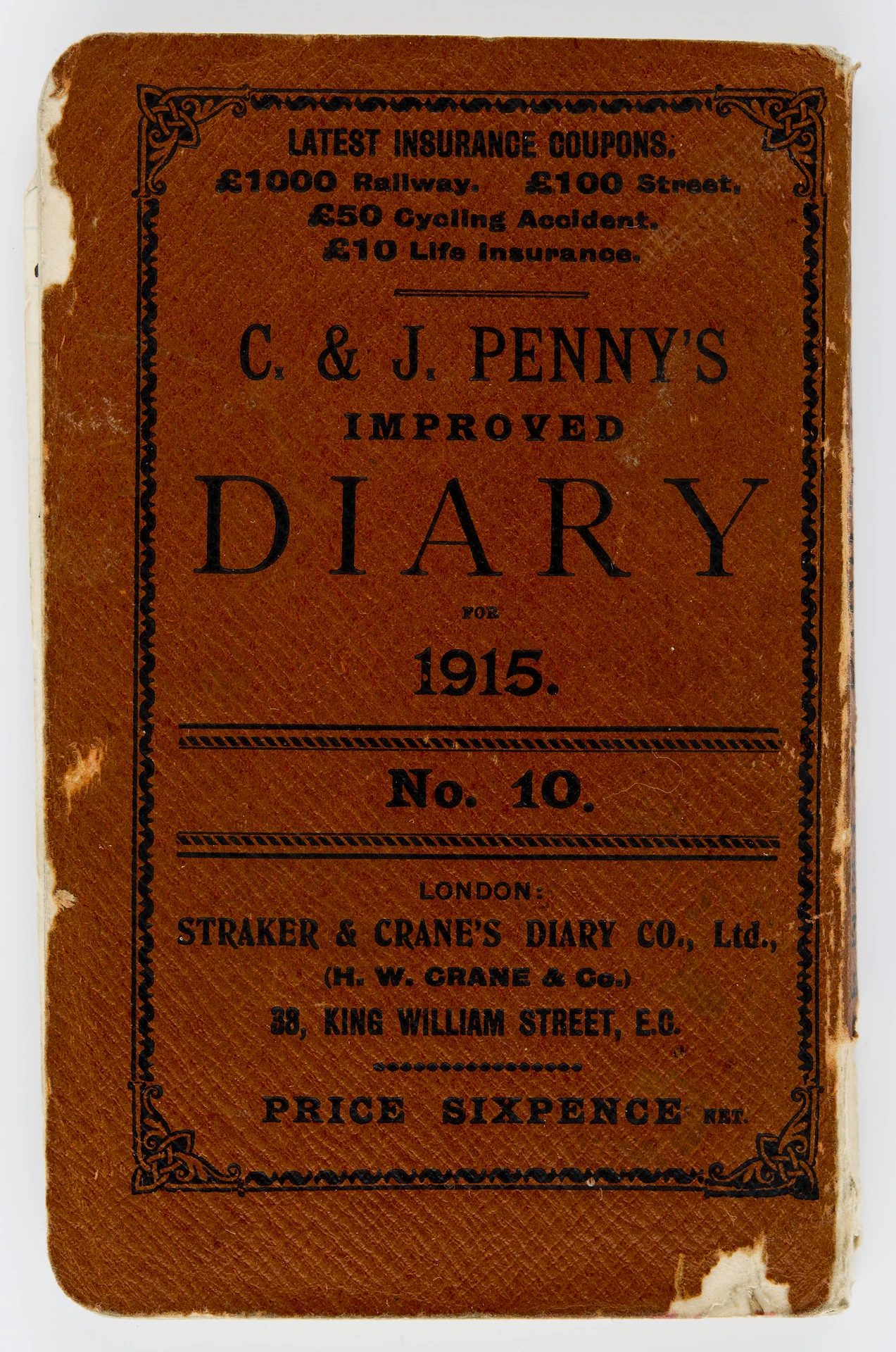

![Bronze memorial plaque, often known as the 'Dead Man's Penny'. Relief of Britannia holding a laurel wreath, surrounded by the inscription: 'HE DIED FOR FREEDOM AND HONOUR BRINDLEY [sic] RYHS [sic] EDMUNDS'](/media/33765/version-full/DF007322_01.webp)
